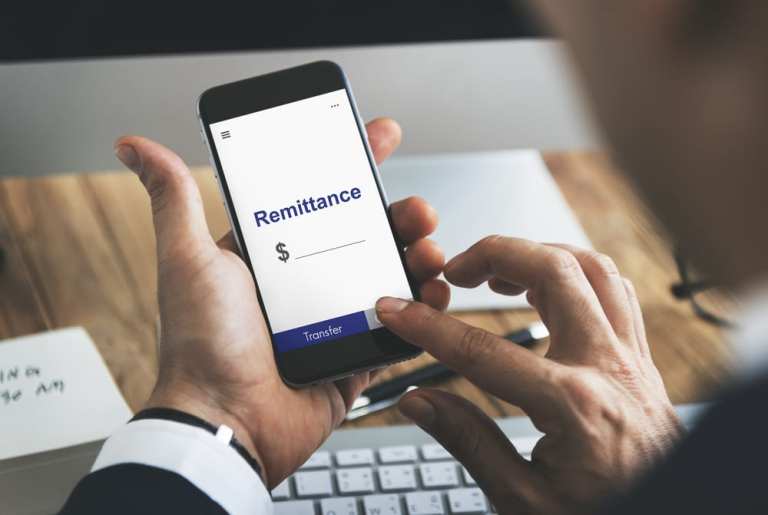No matter where you look, the pandemic has put up serious barriers to economic growth – and at the same time, has forced business models to pivot from in-person, face-to-face interactions toward digital offerings.
And for at least some segments of payments (and the companies that serve them) – especially remittances – the pivot has opened pathways to sustained growth.
Remittances refer to the process of sending money across borders to family and friends. At a high level, these fund flows have taken a huge hit, as the World Bank had estimated earlier this year that global remittances to low- and middle-income countries are projected to decline by as much as 20 percent this year to about $445 billion, as measured from 2019’s levels.
For those companies that are navigating a continued shift to enabling cross-border flows through apps and mobile devices, business is booming. That’s evident across Wall Street and venture capital, where earnings reports and funding rounds show growth (and expectations for continued growth) in C2C digital-to-cash (and cash-to-digital) efforts.
As noted in this space late last month, Remitly, which focuses on remittances, said it raised $85 million with an implied valuation of $1.5 billion. The latest funding round was led by Prosus’ PayU, an existing investor, with participation from a host of firms including Generation Investment Management, Princeville Global and others. Remitly said the new funding round will be geared toward digital investments, and has said that on the heels of digital demand, its new customer growth has surged above 200 percent.
And other companies such as MoneyGram and Western Union are in essence positioning themselves for what seems a fundamental and inexorable shift in how money moves across borders – especially as economies rebound in the years ahead.
Advertisement: Scroll to Continue
With a bit more granular detail into the regions most drastically impacted by the pandemic – as well as stubborn unemployment and declining wages – the Asian Development Bank (ADB) reported that in the Asia-Pacific corridor, remittances could fall by $54 billion this year, or a mid-teens percentage rate. As a whole, the ADB has estimated that if it takes a year for economies to reopen, overall remittances would be down by $109 billion.
But some remittance corridors are showing resilience, and even strength – particularly south of the border.
As Bloomberg reported earlier in the month, remittances to Mexico have been on the upswing, showing $3.5 billion in inflows, up more than 11 percent year on year. Elsewhere, remittances to Bangladesh were $2.6 billion in July. The positive activity in those transactions is in part due to the possibility, as detailed in The Washington Post, that migrants have been working at jobs deemed essential, and thus have been able to ride out economic turbulence.
Parsing The Numbers At MoneyGram And Western Union
As always, earnings reports illuminate how individual companies have been addressing challenges and opportunities.
As Alex Holmes noted during the MoneyGram conference call, in the second quarter of the year, MoneyGram, despite a 13.6 percent overall decline in its top line for the quarter, returned to year-over-year revenue growth in June. The company said the turnaround was spurred by 10 percent money transfer transaction growth – particularly where digital transactions were 27 percent of all transactions, growing more than 100 percent year over year.
Holmes said on the call that the digital transaction growth accelerated from 57 percent in the first quarter. The consumer direct channel is 65 percent of the digital business, logging 104 percent growth in the quarter and accelerating from 60 percent in the first quarter. Mobile wallets (via integrations with firms like Visa) have seen particular demand. With a nod to certain corridors, Holmes said, U.S.-based customers are sending funds to Latin America, Mexico, India, Pakistan and elsewhere.
The rebound in cross-border activity also has led to a sanguine outlook at Western Union. In remarks during the most recent, second-quarter earnings call, CEO Hikmet Ersek said that C2C cross principal was up more than 3 percent. In June, C2C principal was up more than 20 percent, a trend that also marked July’s activity. CFO Raj Agrawal noted that 80 percent of new customers coming to WesternUnion.com are wholly new to the company, as detailed in an interview with PYMNTS.
“This is not a shift because this digital growth isn’t coming at the expense of our retail business so much as it is about getting new customers to the category and other customers from other parts of the remittance market, like banks and other digital financial services providers,” Agrawal told PYMNTS earlier in the month. Outflow from the U.S. has ticked up, and strength has been seen in fund flows moving into Latin America, Southeast Asia and India. According to the company, digital money transfer revenue grew 48 percent year on year and 50 percent on a constant currency basis, reaching a record high of $219 million for the second quarter.
So, some bumps here and there – but for remittances done in bits and bytes, the trend points up and to the right.




